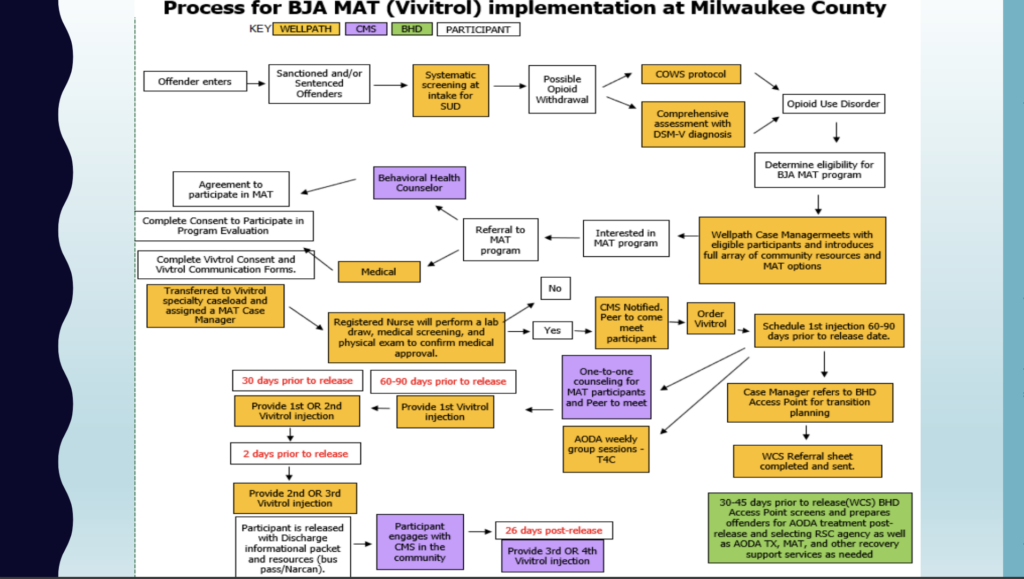A first-of-its-kind tracker from the San Francisco Chronicle organizes United States drug overdose death data into a unified, searchable database. It gives the public a way to see the scale of the opioid-involved overdose crisis within their own communities, in the context of others across the country.
The tracker, unveiled August 21, updates monthly with the most recently published overdose data from the Centers for Disease Control and Prevention. It currently reflects the 107,669 CDC-recorded deaths for 2022. Where possible, it draws from data all the way down to the county level—which is generally the most insightful, but also the most fragmented.
The most recent available data from Milwaukee County, Wisconsin, shows an overdose mortality rate of 6.1 deaths per 100,000 residents, more than twice the Wisconsin and national averages. Milwaukee County recorded the eighth-highest fatality rate of any jurisdiction in the country.
“It devastates me because I know what the numbers are,” Amy Molinski, a peer support specialist with Community Medical Services (CMS), told Filter of Milwaukee County’s disproportionate overdose prevalence. “I see these numbers on a daily basis. What hurts the most is I started losing people [20 years ago] and that hasn’t stopped … On the one hand, it’s super defeating. On the other hand, it’s fuel to fire why we need to keep going.”
Treatment provider CMS operates clinics in 11 states, including Wisconsin. It receives funding from Milwaukee County, where it’s the only provider that covers the full cost of MOUD for patients unable to access insurance.
“CMS has at times volunteered its team because they knew how important it was to have this program,” Molinski said. “There hasn’t always been money to support it.”

CMS bridges people transitioning out of carceral facilities to medication for opioid use disorder (MOUD). Across the country, overdose is the leading cause of death for anyone recently released from incarceration.
CMS mainly provides naltrexone and buprenorphine to people leaving Milwaukee County jails, the vast majority of whom choose the latter form of MOUD. Unlike naltrexone, buprenorphine is shown to reduce overdose risk. So is methadone, the third Food and Drug Administration-approved MOUD.
Currently, CMS has a limited capacity to work with people who were enrolled in methadone treatment at the time they were arrested, to ensure continual access as they’re processed through the county jail system. CMS peer specialists have been critical to connecting naltrexone to detainees preparing for re-entry from the embattled Milwaukee County-operated Community Reintegration Center. The long-term goal is to expand this access to all three MOUD. The county’s greatest need, as the new Chronicle database throws into sharp relief, is for the two that lower risk of overdose.
“There is some hesitation to having medications that have a potential for diversion. Okay, yes, there is diversion potential,” Molinski said of buprenorphine and methadone. “There were lots of talks about it. Methadone is obviously the hardest sell, which is super unfortunate. If you look at the facts, methadone should be an easy one.”
Top graphic via National Institutes of Health. Inset graphic via Milwaukee County.





Show Comments